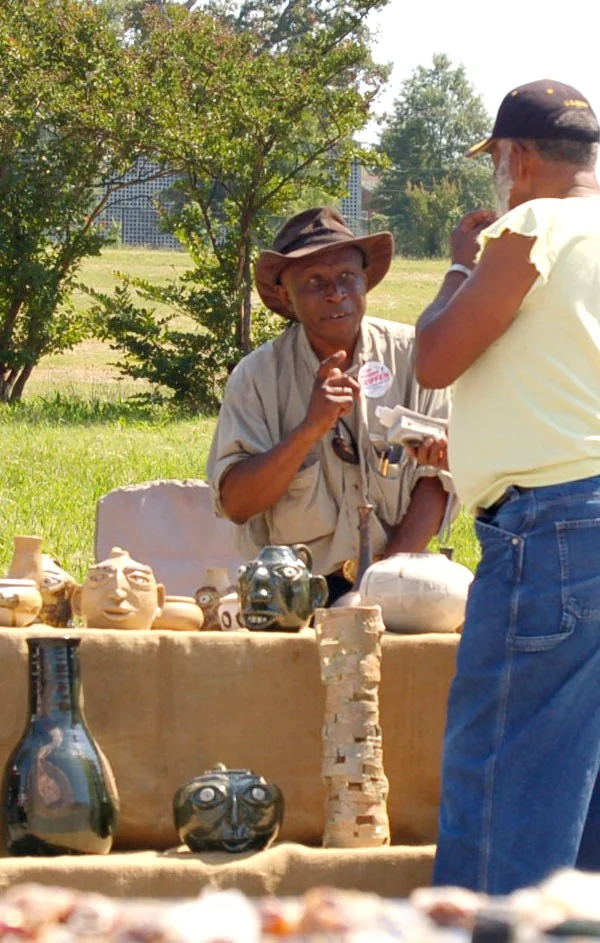The Friends of Dreamland, is a newly formed non-profit group dedicated to the restoration and preservation of the historic landmark, Taborian Hall and its famous Dreamland Ballroom located at 800 West Ninth Street in Little Rock, Arkansas. Concurrent goals include the collection, conservation, and celebration of Taborian’s unique history relating to Arkansas’ African American heritage.
To date the Friends of Dreamland organization has raised $4,000 towards renovation efforts through community fundraising events and has developed a website www.dreamlandballroom.com. Kerry McCoy, owner of the Taborian Hall building, has invested over $100,000 in architectural and engineering fees to create plans for Taborian Hall and Dreamland Ballroom Renovation, as well as towards the website, non-profit consultation, and creation of a book about the building and it’s role in the history of downtown Little Rock.
Friends of Dreamland incorporated in the State of Arkansas July 31, 2009. We plan to do most of our fundraising in 2010, and begin renovations 2011, our projected Grand Opening 2012. The proposed timeline of activities is detailed below.
In 2009 we formed our Board of Directors, elected committees and are planning our first Orientation Party, October 1, 2009. For the remainder of the year we will hold board meetings bi-weekly and continue to plan and organize our fundraising.
In 2010, we plan to divide our fundraising into these types of solicitations, 1.) grants, 2.) foundations, 3.) private sector, 4.) fundraising/parties, and 5.) sale of merchandise. We plan to develop a tiered system of naming, honoring and thanking our Friends of Dreamland sponsors and donors. An initial brainstorming list is attached.
In 2011, with the money raised, we will begin construction and museum set-up. Our money will be allocated according to its designated use from donor, either
• Building Fund – renovation of the building
• Educational Fund – tours and learning history through educational panels and possibly multimedia
showcases that expland the hisroty and thell the sotries of those who have visited the building in
the past.
• Museum Fund – For years we have been collecting oral and written history of events and people
for our book and our Museum. These historic item and stories will be illustrate along with the
legacy of the building
• General Operating Fund.
We plan to open in 2012. After the building is renovated and open, the museum portion of the building will be publicized through the Little Rock and Arkansas tourism departments and we hope to attract numerous visitors and educators throughout the year. The building will be utilized as a venue for community and private events, such as banquets, weddings, concerts, conferences, and more. We know this will be successful because of the interest already shown in the building. The Taborian Hall is a regular stop on Little Rocks Tours and the Dreamland Ballroom receives approximately one call a week requesting it use for either touring, renting or photo shoots.



















